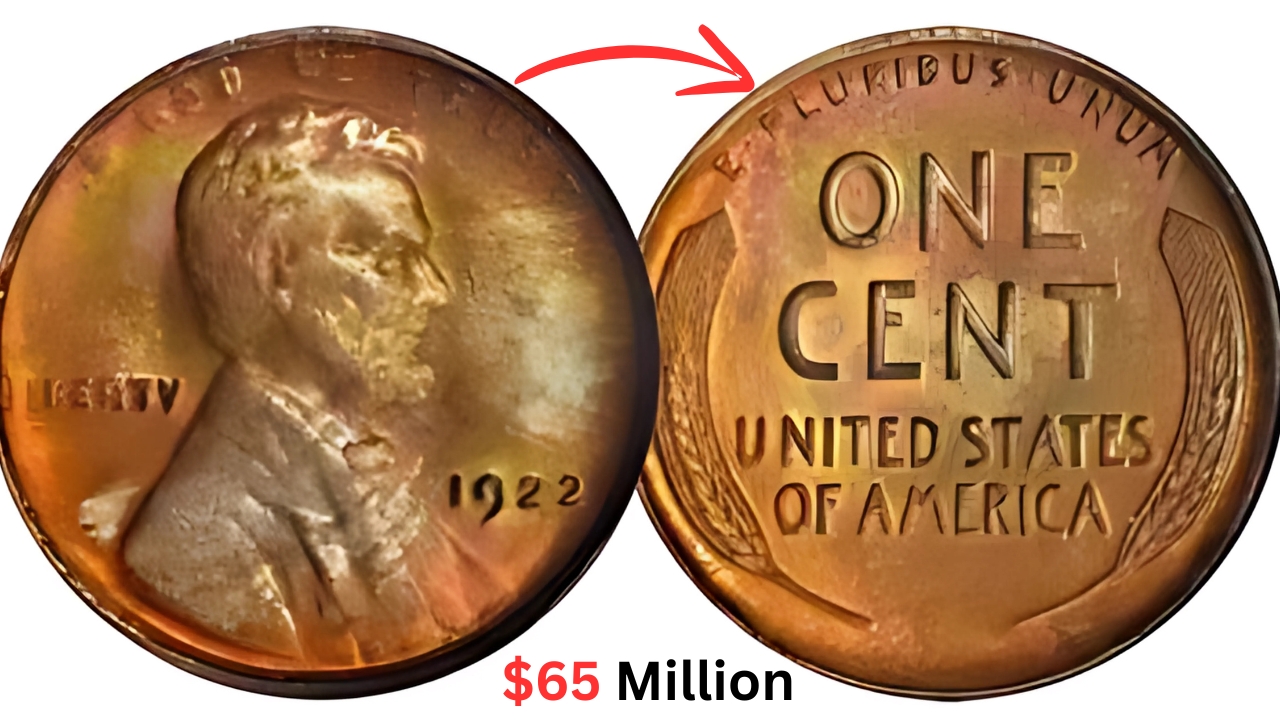Within the fascinating world of numismatics, certain pennies stand as remarkable treasures, commanding prices that would astonish most casual observers. This comprehensive examination delves into five extraordinary pennies that have captured the imagination of collectors and achieved remarkable values in today’s market.
The 1943 Copper Penny: A Wartime Anomaly
During World War II, the United States Mint produced steel pennies to conserve copper for the war effort. However, a handful of copper planchets from 1942 remained in the presses, resulting in the creation of rare 1943 copper pennies. These accidental treasures represent some of the most valuable small cents in existence.
Recent auction results demonstrate their exceptional worth. Authenticated specimens have achieved prices exceeding $200,000, with one remarkable example selling for more than $350,000. The combination of historical significance and extreme rarity makes these pennies particularly appealing to serious collectors and investors.
Authentication proves absolutely crucial for these coins, as numerous counterfeit examples exist. Professional grading services employ sophisticated metallurgical analysis to verify genuine specimens.
The distinctive ring when dropped on a hard surface and lack of magnetic attraction help distinguish real copper examples from steel cents that have been copper-plated.
The 1856 Flying Eagle Cent: A Pattern That Changed History
The 1856 Flying Eagle cent represents a pivotal moment in American coinage history. Created as a pattern coin to demonstrate the new small cent design, approximately 2,000 pieces were struck, making it substantially rarer than regular-issue dates in the series.
Modern market values reflect this coin’s historical importance and scarcity. Well-preserved specimens regularly command prices between $15,000 and $50,000, with exceptional examples achieving even higher results. Even heavily circulated pieces, when properly authenticated, typically sell for several thousand dollars.
The coin’s distinctive design, featuring an eagle in flight on the obverse and a wreathed denomination on the reverse, makes it instantly recognizable to collectors. The limited mintage and historical significance as the first small-sized cent have secured its position among the most desirable pennies in American numismatics.
The 1909 VDB Proof Lincoln Cent: First-Year Rarity
The 1909 VDB Proof Lincoln cent represents a remarkable combination of first-year status and proof-only rarity. While the designer’s initials controversy on regular-issue cents is well-known, the proof specimens stand apart for their exceptional quality and scarcity.
With only 420 pieces struck, these proof coins command substantial premiums in today’s market. Pristine examples with deep mirror surfaces have achieved prices exceeding $30,000, while even specimens showing minor handling typically bring $10,000 or more. The historical significance of being among the first Lincoln cents, combined with the designer controversy, adds considerable appeal.
Certification proves particularly important for these pieces, as deceptive altered business strikes exist. Professional grading services examine strike characteristics, surface quality, and other diagnostics to verify genuine proof status. The distinctive mirror finish and sharp strike characteristics help identify authentic specimens.
The 1877 Indian Head Cent: A Regular-Issue Rarity
The 1877 Indian Head cent stands as the key date to this popular series, with a limited mintage of 852,500 pieces. Poor survival rates have made high-grade examples particularly challenging to locate, leading to substantial premiums for well-preserved specimens.
Current market values demonstrate the coin’s desirability across all grade levels. Mint State examples regularly bring $15,000 to $40,000, depending on condition and eye appeal. Even heavily circulated pieces command prices exceeding $1,000, reflecting strong collector demand at every level.
The coin’s scarcity resulted from reduced mint output during an economic downturn. Many examples show evidence of heavy circulation, making well-preserved specimens particularly valuable. The distinctive design and historical significance add to its appeal among serious collectors.
The 1958 Doubled Die Obverse Cent: A Modern Treasure
This dramatic error variety exhibits substantial doubling on the obverse, particularly visible in the date and lettering. While produced in relatively recent times, its distinctive characteristics and limited survival rate have driven strong collector interest.
Market values vary significantly based on condition and the strength of the doubling. Premium Mint State examples have achieved prices between $5,000 and $15,000, with exceptional specimens bringing even more. The visible doubling makes this variety particularly appealing to error collectors and Lincoln cent specialists.
Understanding Value and Authentication
Condition Assessment
The preservation state significantly impacts value, with professional grading services providing standardized evaluations. Key considerations include:
Surface Quality:
-
Original mint luster retention
-
Freedom from significant marks
-
Strike characteristics
-
Color and toning patterns
-
Overall eye appeal
Authentication Methods
Given the substantial values involved, verification becomes crucial. Expert examination focuses on:
Technical Analysis:
-
Die characteristic study
-
Metal composition verification
-
Strike quality evaluation
-
Surface texture examination
-
Weight and dimension confirmation
Investment Considerations
Market Dynamics
Understanding current trends helps inform collecting decisions:
Value Drivers:
-
Historical significance
-
Condition rarity
-
Overall population
-
Market demand patterns
-
Recent auction results
Collection Development
Strategic approaches to collecting these rarities include:
Investment Strategy:
-
Focus on quality within budget
-
Documentation importance
-
Storage considerations
-
Market monitoring
-
Long-term outlook
Preservation Guidelines
Proper Storage
Maintaining value requires appropriate storage conditions:
Environmental Controls:
-
Temperature stability
-
Humidity management
-
Contaminant protection
-
Secure storage solutions
-
Regular monitoring
Future Market Outlook – 5 Rare Pennies Coins
The market for these exceptional pennies continues to demonstrate remarkable strength. Growing interest in tangible assets, combined with genuine scarcity and historical significance, suggests continued appreciation potential.
Whether pursued for investment purposes or collecting satisfaction, these coins represent fundamental pieces in advanced numismatic portfolios.
Sophisticated collectors increasingly focus on quality rather than quantity, driving premium values for superior specimens.
This emphasis on condition rarity indicates sustained demand for exceptional examples. As the numismatic market evolves, these remarkable pennies seem positioned to maintain their status as highly desirable collectibles.
